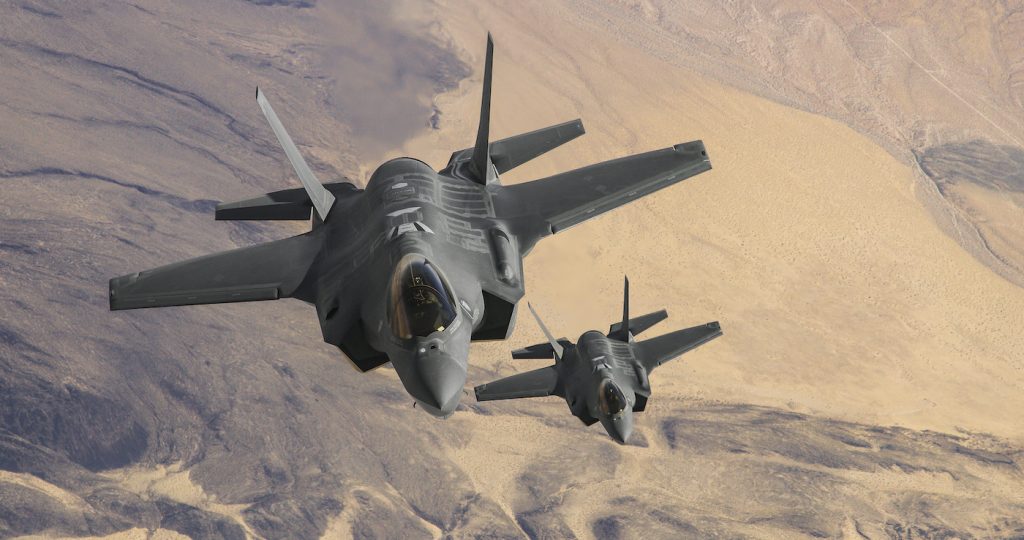
In advanced military aviation, the most recent age of secret fighter aircraft has set new benchmarks for performance, innovation, and flexibility. Comparing two standout models in this classification are the F22 Vs F35, each addressing state-of-the-art progressions in fighter jet design. Both aircraft bring exceptional strengths, weaknesses, and capabilities to the table, making them crucial resources in present-day aviation-based armed forces.
Strengths of the F-35 and F-22
Stealth and Survivability
Both aircraft succeed in secrecy innovation, a basic feature for dodging identification and upgrading survivability in challenged conditions. The first aircraft is famous for its unrivaled low-perceptible capabilities, which decrease its radar signature and infrared profile, making it harder to recognize and target. Its design consolidates progressed materials and shapes that limit radar cross-area, permitting it to work effectively in high-danger situations.
Additionally, the subsequent aircraft flaunt extraordinary secrecy features, with an accentuation on decreasing visibility to radar and infrared sensors. Its high-level shape and covering materials significantly diminish its radar footprint, which, joined with its high-level flying, makes it profoundly effective in entering advanced air defenses.

Versatility and multi-role capabilities
The first aircraft is planned in view of flexibility and prepared to perform many missions, including air-to-ground strikes, observation, and electronic warfare. Its multi-job capabilities permit it to adjust to different battle situations, making it an important resource for both air predominance and accuracy strike tasks.
Conversely, the subsequent aircraft succeeds in air predominance jobs, with cutting-edge spryness and speed that permit it to outsmart and draw in foe aircraft with unrivaled effectiveness. Its design stresses predominant streamlined performance and high-level aeronautics, empowering it to keep up with air strength and draw in numerous objectives all the while.
Complexity and Technical Issues
The first aircraft’s high-level frameworks and multi-job capabilities accompany intrinsic intricacy. This intricacy can prompt specialized issues and joining difficulties, which might affect functional status and effectiveness. Guaranteeing that all frameworks function flawlessly in different mission profiles requires continuous turn of events and upkeep efforts.
Essentially, the subsequent aircraft’s refined innovation can introduce specialized difficulties. Issues connected with software, equipment, and framework combination can affect its performance and dependability. Addressing these moves requires ceaseless updates and upgrades to guarantee the aircraft stays at the forefront of air battle capabilities.
Capabilities and operational roles

Precision and Strike Missions
The first aircraft is enhanced for accuracy strike missions, with cutting-edge focusing on frameworks and weapons incorporation that empower it to lead exceptionally exact air-to-ground assaults. Its capacity to work in different conditions and perform different mission types makes it a flexible platform for present-day battle tasks.
The F22 Vs F35 addresses the apex of present-day fighter aircraft innovation, each carrying unmistakable strengths and capabilities to the battlefield. While the first aircraft offers unmatched flexibility and multi-job functionality, the second succeeds in air predominance and high-level mobility. Both face difficulties connected with cost and specialized intricacy, yet their exceptional traits make them significant resources in contemporary military aeronautics. Understanding these strengths, weaknesses, and capabilities assists feature their parts in forming future air with combatting systems and guaranteeing air predominance in the advanced period.








